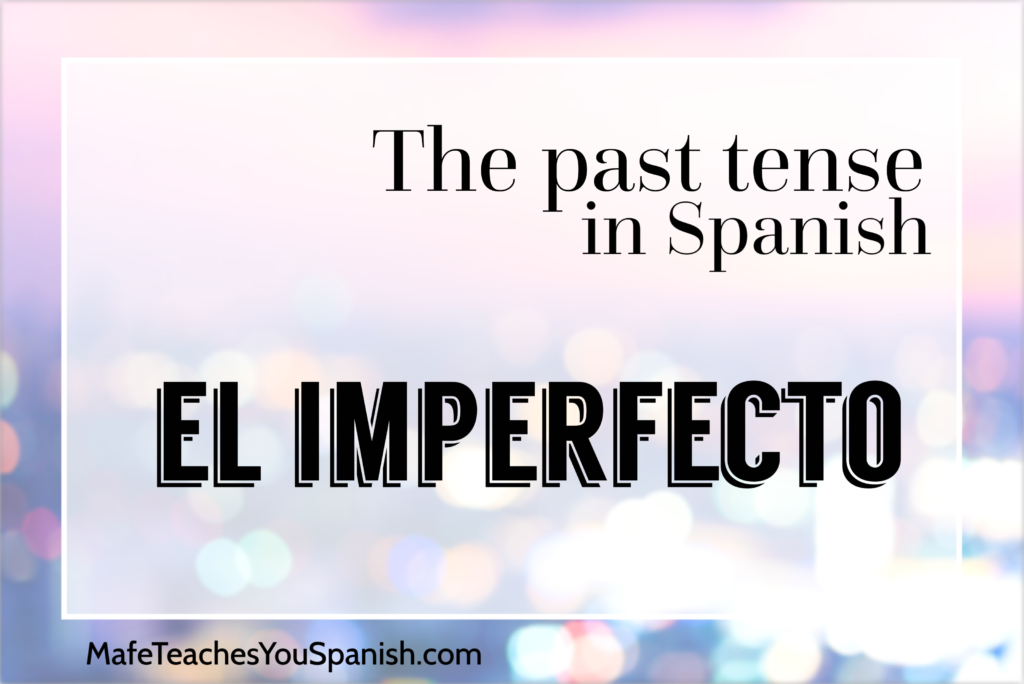To use the past imperfect tense, you need to think about a continuous action that happened for a period of time (although the period of time is not defined). You need to get the feeling of an ongoing action, rather than an action in a specific point in time. In the beginning, it might seem hard to get your head around this way of thinking, but with many examples and practice, you will get it. This is the point where you need to start reading a lot in Spanish, to get used to the flow of the language and the uses of the tenses.
Blog
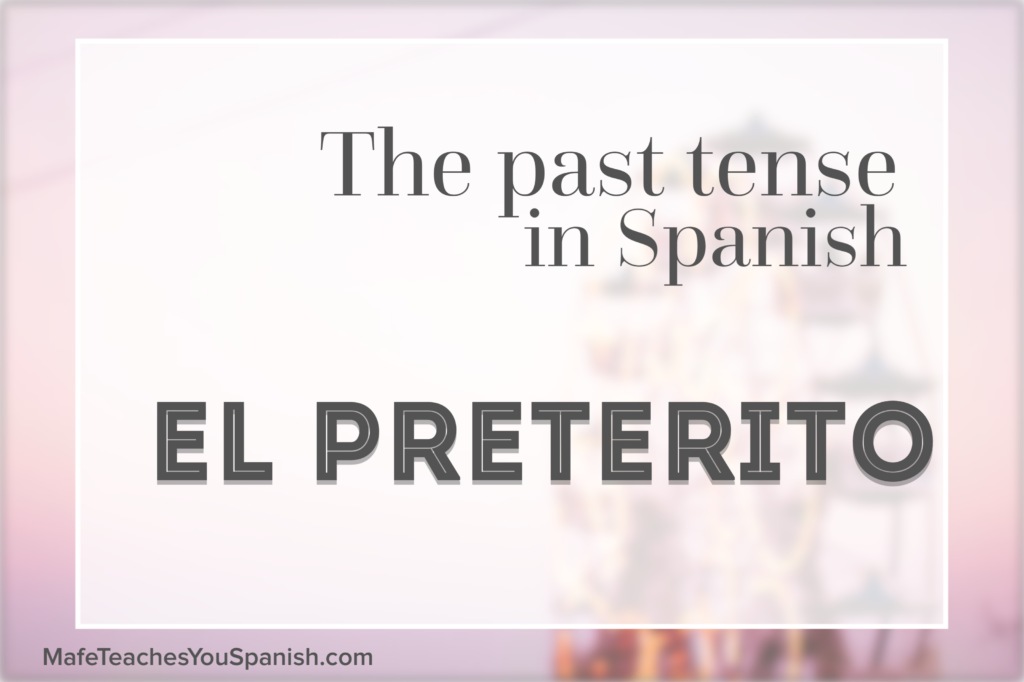
The Past Tense in Spanish: EL PRETÉRITO
The pretérito is a tense that we use to talk about things that happened in the past at a very specific point in time and had a specific duration: 1. Specific moments in history: Christopher Columbus discovered américa in 1492
2. Specific actions in a story: Last year I tried Chinese food for the first time 3. Actions that happened only once in the past: Yesterday your sister went to the supermarket 4. Actions that had a specific ending in the past: I lived in Colombia for 10 years

El Futuro Próximo
TODAY IS THE EASIEST DAY IN YOUR SPANISH LEARNING JOURNEY! It is very common to use the Futuro Próximo in Spanish and it is super easy to use. You only need to remember the verb IR (to go) and the preposition a (IR + a)
It is the equivalent in English to the future tense with going to: I’m going to eat, you are going to sleep, we are going to cook

Question Words in Spanish
Question words in Spanish are exactly what it sounds. Words to ask questions in Spanish. Questions like: what? where? when? how? who? why? etc.

Reflexive Verbs in Spanish
These verbs are very common in Spanish. They reflect an action where the subject and the object are the same, I mean, things that one does to oneself. For example: when I brush my teeth or my hair, when I shower, when I dress up, when I put my make up on, when I wake up, when I go to bed etc. These are all actions that I do to myself.
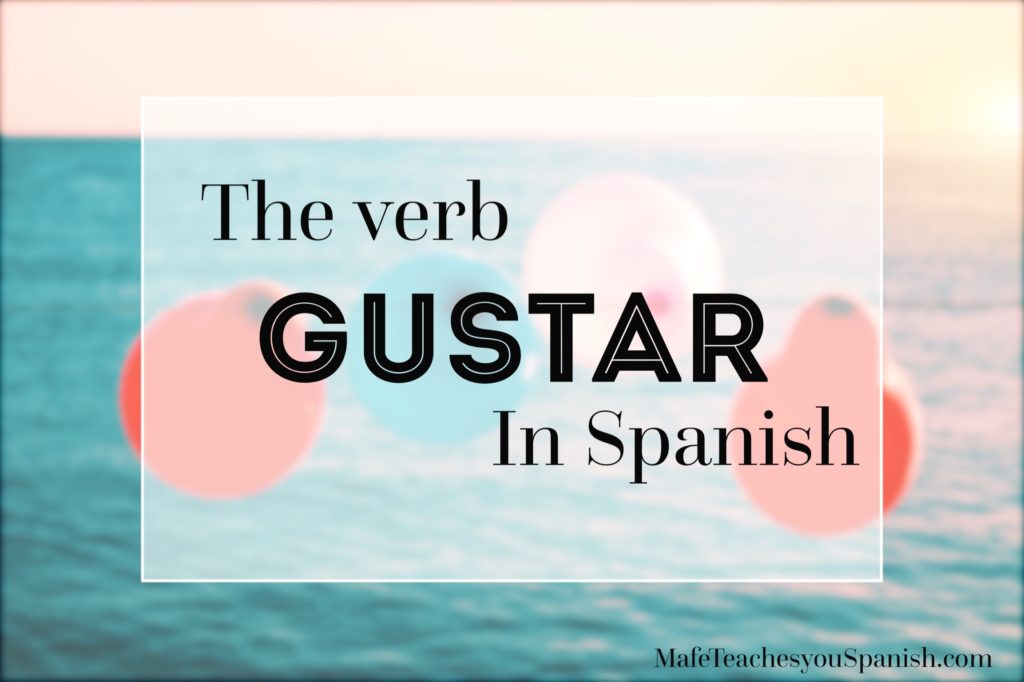
The verb GUSTAR
We use the verb GUSTAR in Spanish to talk about things we like and dislike. The verb GUSTAR is a special verb because it works in a different way. It has a different logic and a different conjugation than all the other verbs. But it is very easy to understand, and you will see sentences using it all the time, so it is very easy to remember.
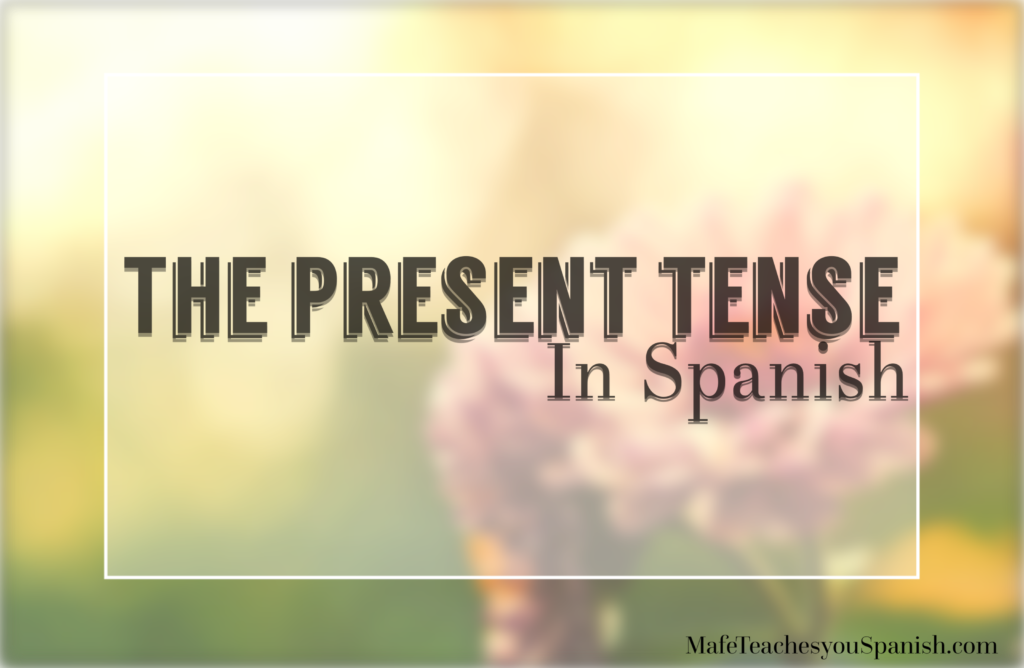
The Present Tense in Spanish
We use the present tense to describe things that happen now, and for things that happen all the time. In Spanish, we have 3 groups of verbs: Verbs that end in –AR, -ER, -IR, and each group has its own conjugations. You just need to drop the ending of the verb in the infinitive form, and use the root of the verb to create the conjugations: the root of the verb + corresponding ending
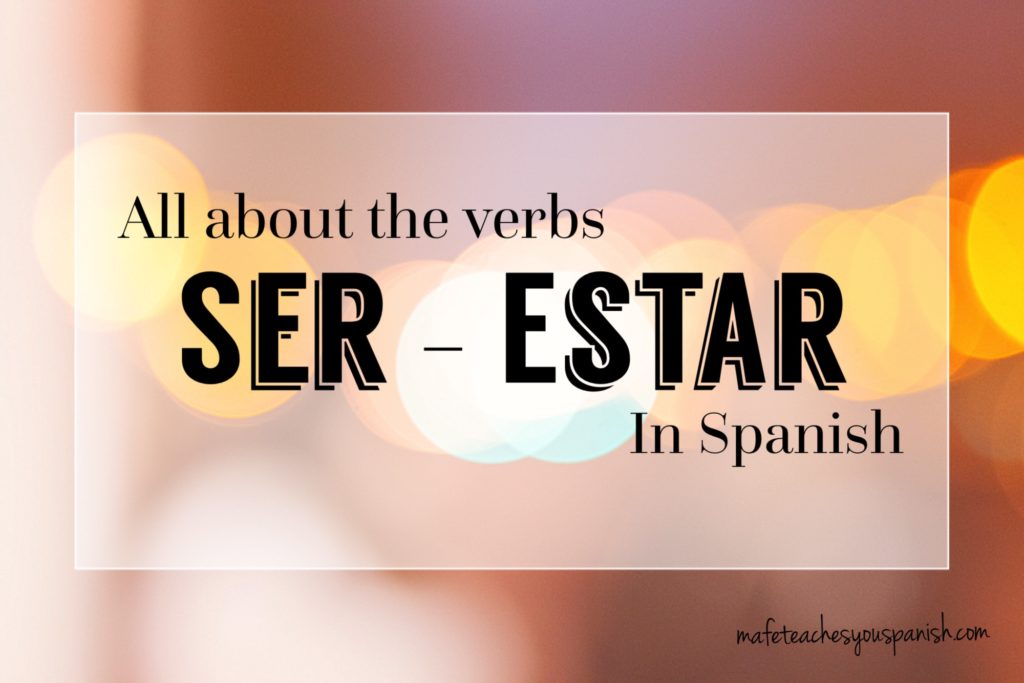
All about the verbs SER – ESTAR in Spanish
Learning the uses of Ser and Estar (to be) can seem difficult at the beginning because they are just one verb in most languages. But if you dedicate a little bit of extra time to these 2 verbs and learn the uses, conjugations, and differences between those 2, you will be fine. Plus, you will see them EVERYWHERE in Spanish, so even if you can’t nail them from the beginning, you will just get used to their uses, by seeing them all the time.

How to Express Your Feelings in Spanish
HOW TO DO ROMANCE IN SPANISH
Spanish is a very romantic language, but sometimes it can also be tricky to express exactly what you are feeling. This post is going to help you avoid telling the wrong thing to the wrong person, and more tips to be romantic in Spanish.

Quick and unusual Tips to learn Spanish
Besides common advice like listening to music, watching movies and using flash cards in your target language (which are all very good!), here are some tips that are a bit more unsual but very effective. These are things that I did when I was teaching myself English, and I am also doing them now that I am teaching myself French. Once you start being more in contact with the language, you are going to love the way it sounds and the kind of things you will be able to say.
